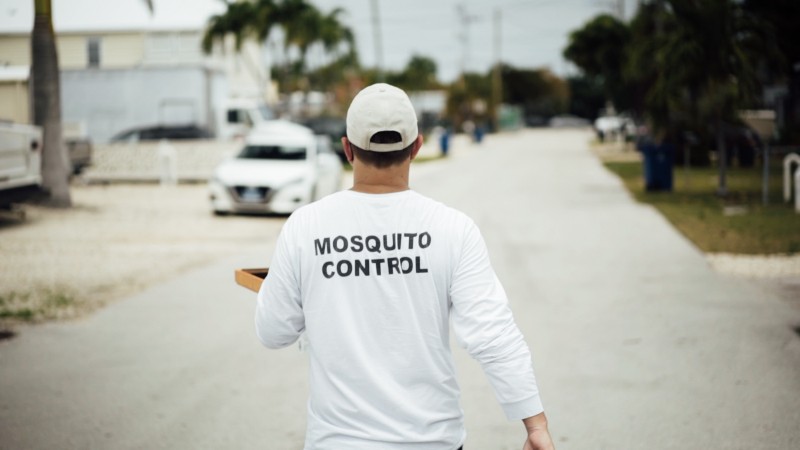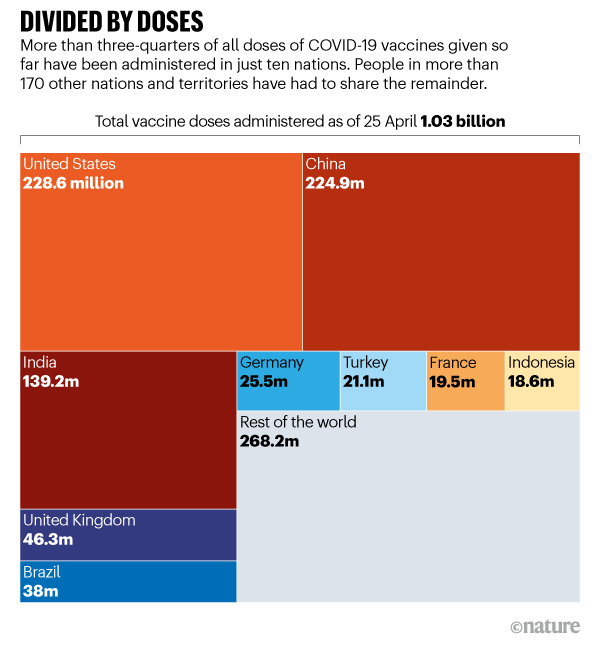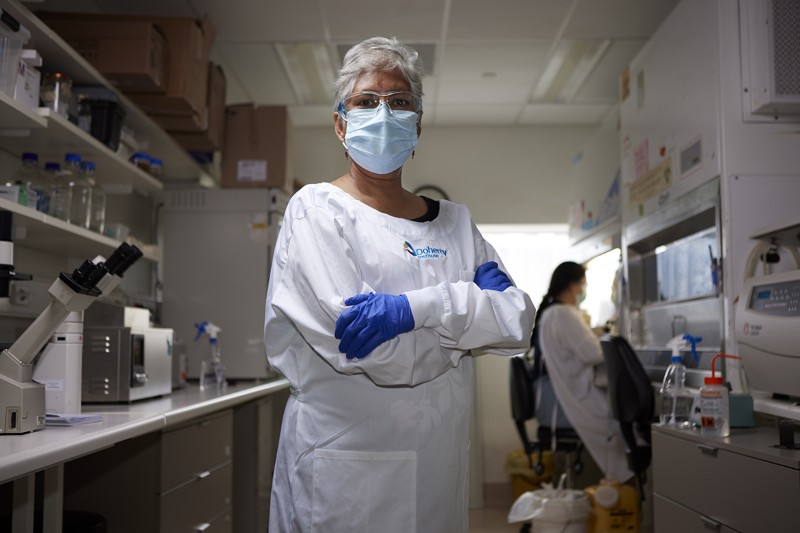Hello Nature readers, would you like to get this Briefing in your inbox free every day? Sign up here
Genetically engineered (GM) mosquitoes have been released into the open air in the United States for the first time. The experiment was launched this week in the Florida Keys, over some local objections. The method aims to suppress populations of wild Aedes aegypti mosquitoes, which can carry diseases such as Zika, dengue, chikungunya and yellow fever. It involves introducing bioengineered males that carry a gene that kills female progeny in early larval stages — and is passed through male offspring to future generations. Oxitec, the firm based in Abingdon, UK, that developed the mosquitoes, has previously field-tested the insects in Brazil, Panama, the Cayman Islands and Malaysia.
Nature | 6 min read
Female high-school soccer players are twice as likely as their male counterparts to get a concussion. Researchers analysed survey data from more than 80,000 teenage players across Michigan. Boys were more likely to be removed from play immediately after a suspected head injury than were girls — possibly because a higher proportion of boys were injured by colliding with another player, rather than the ball or a post. “We’re all finding the same thing, females are more predisposed to brain injury than males,” says biomechanics researcher Liz Williams, who investigates similar risks in female rugby players.
Nature | 4 min read
Reference: JAMA Network Open paper
Scientists have traced the paths that ancient Indigenous Australians probably took as they moved through the mega continent of Sahul some 60,000 years ago. Their models suggest that the first visitors arrived on the shores of western Australia and, within 6,000 years, settled across the entire continent — from the tropical north, now Papua New Guinea, to as far south as Tasmania. Many of the ancient migration routes they modelled seem to match up closely with nineteenth century stock routes and Aboriginal trade lines.
ABC News | 6 min read
Reference: Nature Communications paper & Nature Human Behaviour paper
Features & opinion
Computational notebooks, such as Jupyter, Mathematica and RStudio, combine code, results, text and images in a single document that can be used for iterative data exploration, communication, teaching and more. A growing suite of platforms and tools aims to smooth the rough edges of these notebooks, taking data visualization and collaborative functionality to the next level, with the simplicity of a spreadsheet.
Nature | 8 min read
In their new book, computational social scientist Dashun Wang and network scientist Albert-László Barabási promise to help scientists to navigate their careers with the help of big-data bibliometrics. But their approach is out of step with a research community that has turned away from problematic indicators that can reify social and demographic biases, writes reviewer Cassidy Sugimoto, an informatician. “Ultimately, Wang and Barabási deliver a dispatch from an era that assumed that science was a meritocracy — despite ample evidence to the contrary,” writes Sugimoto.
Nature | 6 min read
Where I work
Virologist Kanta Subbarao is the director of the WHO Collaborating Centre for Reference and Research on Influenza at the Peter Doherty Institute for Infection and Immunity in Melbourne, Australia. “I’ve done a lot of work on flu and the coronaviruses that cause Middle East respiratory syndrome and severe acute respiratory syndrome, so we were able to quickly set up our containment areas to work with the high-risk live SARS-CoV-2 virus in February 2020,” says Subbarao. “I also oversee a team that does global influenza surveillance.” (Nature | 3 min read)



